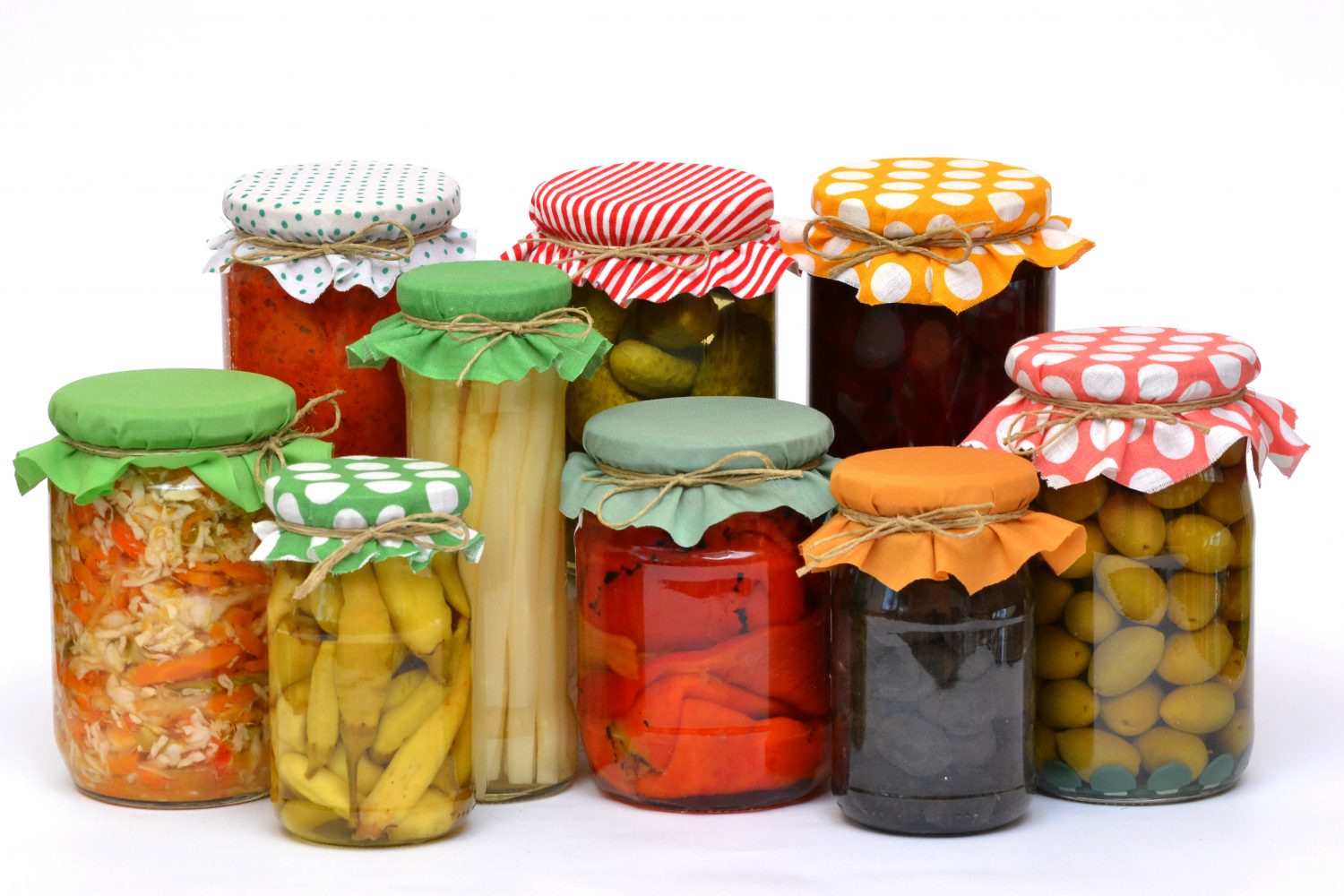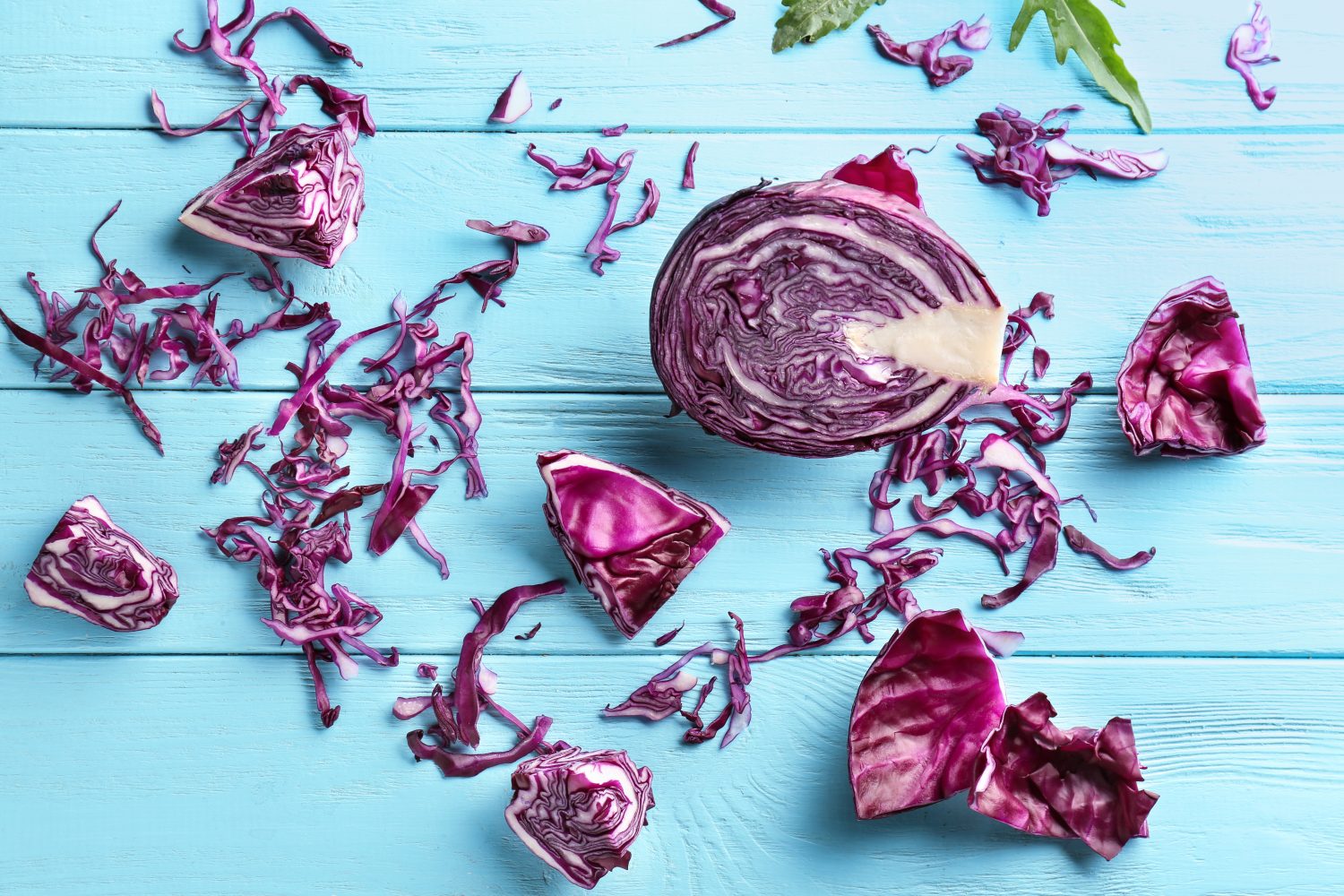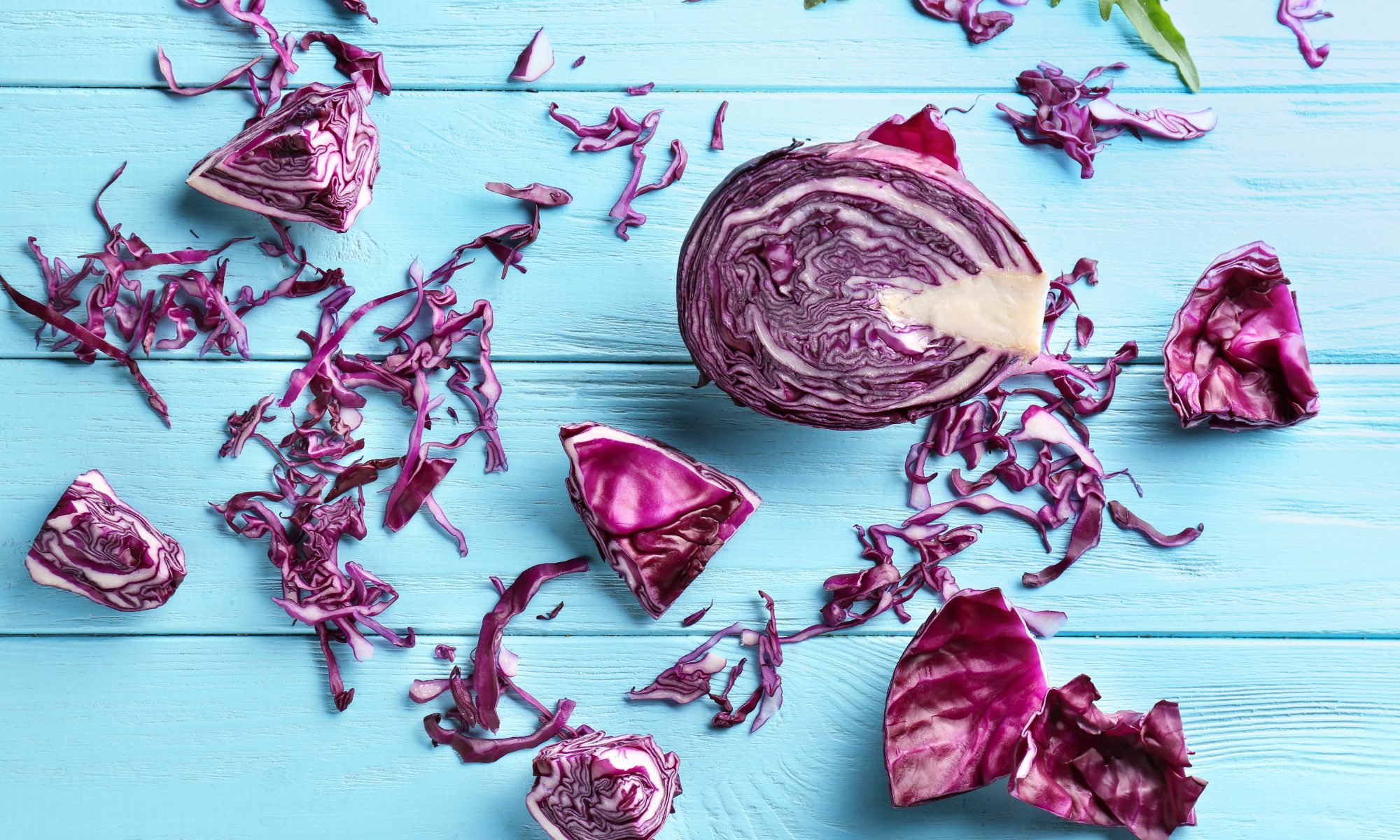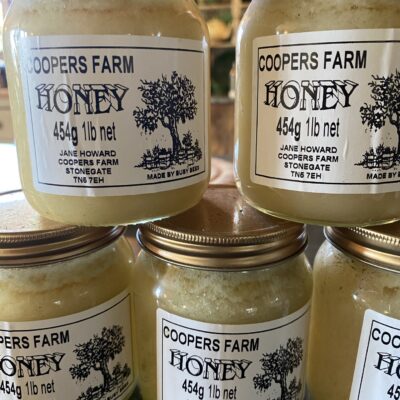Henrietta Norton explains how changing attitudes to fermentation are having a beneficial effect on gut bacteria.
Fermenting is firmly back in fashion these days. Not during my 15 years as a Nutritional Therapist has the advice of fermenting a cabbage been so positively received.
The tradition of fermenting vegetables was born out of a necessity to ‘preserve’ vegetables long before fridges and freezers were invented. The most recognised of these is the European cabbage based sauerkraut or the Asian version, kimchi, where cabbage is shredded and pickled using a process called lactic acid fermentation.
This process yields a number of benefits, including lactic acid bacteria Lactobacillus Brevis or Lactobacillus Plantarum that have a functional role in digestion as well as the production of B vitamins, vitamin K and the ‘breakdown’ of protein.
“The trick is to use it in small amounts on a regular basis”
Indeed, Europeans have been traditionally using these foods for anything from maintaining a healthy digestion to promoting immunity and treatment for ulcers. The cabbage or vegetable itself provides a host of nutrients that are preserved by the fermentation process and prebiotic fibre to feed the good bacteria.
There are simply ways to incorporate fermented foods into your life; add a spoonful of saukerkraut to a winter hot-pot, baked fish, or as an alternative to commercial pickles in sandwiches or baked potatoes. The trick is to use it in small amounts (a dessertspoon would be fine) on a regular basis – too much can make you gassy and bloated!
The homemade, traditional version does not use heat and is naturally unpasteurised. As a result it produces a wonderful diversity of beneficial bacteria. Commercial varieties in cans or jars are produced differently to extend shelf life and may offer a lower yield of bacterial diversity and strength.
So my advice is to ‘make hay while the sun shines’ and make your own. Get creative with various vegetables and spices (carrots, beetroot, ginger and caraway are delicious). Once combined they can be stored for up to three months in the fridge, so you can make larger batches and stockpile, adding them into your diet as often as you fancy.
Sauerkraut
Ingredients
- 1 medium cabbage, finely shredded (any type of cabbage and even better if mixed, but still the equivalent amount to one cabbage)
- 1 tbsp caraway seeds
- 1 tbsp sea salt
- 1 sterilized 500ml Mason jar (or other jar with a lid)
Method
- Mix all the ingredients together in a bowl.
- Transfer to the sterilised container, adding some pressure so that the cabbage is tightly packed. This should leave at least 1 inch between the top of the cabbage and the lid of the jar as the mixture can ‘grow’ during the fermentation process.
- Put the lid on tightly and store in a dark cupboard at room temperature for three days. After that transfer to the fridge.
Saukerkraut improves with age so you can leave it in your fridge for at least one month. Add a dessertspoon to salads or use as a snack with cheese and oat and flax cakes.
TEST TEST
TEST

You may also like
Take me to… a UK Staycation
We’re kicking off our new travel feature with a collection of ideas to get you trying something new with explorative and adventurous trips Cornish Escape The Park, Cornwall is an award-winning holiday village, just a short stroll from Mawgan Porth...
Brain power!
Sarah Maxwell explores how exercise affects your grey matter Exercise has long been recognised for its positive impact on physical health. However, many recent studies have shown that exercise also has many transformative effects on the brain, so if you...
Farm Fables
Jane gathers some fascinating honey bee facts as she checks the Coopers Farm hives before their very busy year ahead April… the evenings are longer, the countryside greener and the birds louder. Bliss. Spring has arrived and nowhere is this...

















